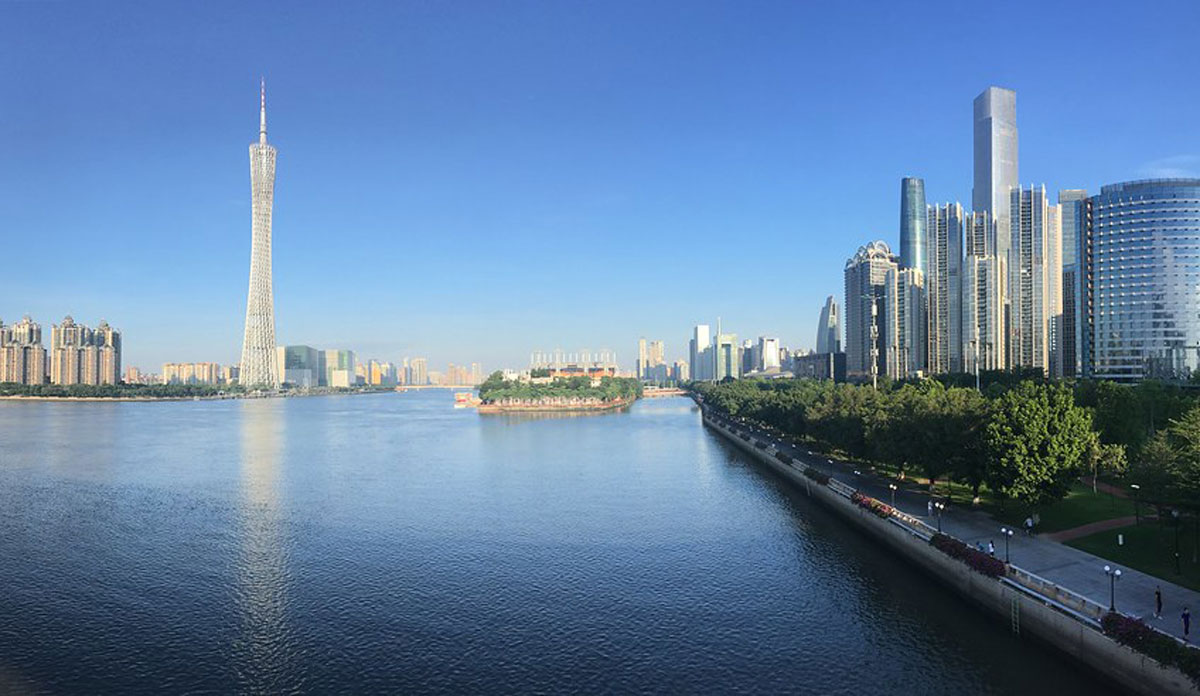The Epic Sourcing team has close connections with China, which we leverage to help our clients source what they need from overseas.
However, in today’s high-pressure economy it’s not all about sourcing the product itself. It’s also about actually getting those products into your hands (and passing them onto your customers). Thanks to current shipment delays from China, this isn’t as quick and easy as it should be. However, there are always strategies you can apply to overcome your problems.
Here’s an explanation about what’s going on with shipping in Australia, China and the rest of the world, plus some insights into workarounds that you can apply to protect your business from the fallout of the current delays.
What’s causing shipment delays from China?
Prior to 2020, shipping was a relatively well-oiled machine. Patterns were predictable and most shipping companies operated on a ‘business as usual’ schedule.
Then a little something happened called the Global Pandemic.
China was one of the first countries to go into lockdown when COVID raised its head towards the end of 2019. Being a major manufacturing hub meant people had to stop work, sometimes due to restrictions and also thanks to COVID outbreaks. Of course, this led to delays with goods being produced. China has a ‘zero-COVID’ policy, which means that when there are outbreaks, many ports only allow half their workforce ‘on deck’ at a time, which is slowing down the loading and unloading of goods.
Half of the world’s largest ports are located in China — it’s easy to understand why delivery dates have been set back by the pandemic.
So the ports and manufacturers in China slowed down due to COVID. However, to make matters worse, around the world, everyone suddenly found themselves stuck at home. With no options for travelling or dining out, they directed their surplus cash (and time) to one of two things:
- Online shopping; Categories like home gym equipment increased sales by close to 20% when people were in lockdown, while the number of packages delivered in Australia skyrocketed to half a million some days.
- Home renovations; which saw people ordering supplies in huge numbers and put a lot of pressure on the construction industry
So now delays were combined with excess demand. And as well as there being delays on products leaving China, there were delays when it came to receiving them.
COVID outbreaks at ports around the world meant dock workers had to stay home. Australia was included in this and the result was queues of ships waiting offshore to berth. It was reported that only 10 per cent of vessels arrived in their designated berth windows in Australia in 2020-21, which is their lowest rate on record. To add to this, ports became congested as there were delays in unloading containers. Many shipping lines ended up skipping ports like Sydney’s Port Botany entirely.
Further delays
Over Christmas and the start of 2022, Australia experienced long delays in deliveries and product shortages due to so many people coming down with COVID.
As we went into recovery, however, in China a new outbreak caused additional lockdowns. Fortune.com reported that this recent lockdown has impacted brands of all sizes, including Tesla, Apple, General Electric, Amazon and Adidas.
The latest round of business closures and stay-at-home orders are well into their second month and are predicted to last into June. Some manufacturing centres have adapted by allowing workers to live on-site, but as reported by Fortune, “The volume of goods leaving Shanghai’s port dropped by a quarter between mid-March and early April due to the lockdown, while the country’s road-bound freight traffic fell by 40% over the same period.”
Yikes! To add some extra perspective, it has been shared that thousands of ships are waiting off the coast of Shanghai. Apparently, ten per cent of the world's items currently being shipped are reportedly stuck in the country's ports.
Perhaps the good news to come from lockdowns in China is that it will allow ships that are en route and carrying containers to catch up to their schedules. However, we can expect another backlog when things pick up again and China swings back into action.
Shipping container challenges
To add to the challenge of shipment delays from China, while China is a huge manufacturer of goods, it doesn’t import the same amount of products. There are very few people in China, for example, waiting excitedly for their shipment of Australian-made shoes to arrive.
This has resulted in a huge imbalance of shipping containers. Australia doesn’t tend to export as much as it imports in shipping containers. Because of this, empty containers are stacking up. For manufacturers in China, further delays have been caused as they wait for empty containers to become available. Some companies have found it is more cost-effective to produce new containers rather than wait for empty ones to come back.
Rising shipping container costs
Thanks to the pressure being placed on China, the cost of shipping has escalated. Consumers have noticed prices jumping, not necessarily because products aren’t available but because the current level of demand for delivery outstrips supply.
Some reports say costs have escalated by as much as 500 per cent. This is not expected to ease until new ships hit the water (which takes time), all workers are back on the job and demand starts to ease.
Will things ever be ‘back to normal?
Experts are recommending people prepare to wait until at least 2023 for good old ‘business as usual’ to return to the shipping industry. Even when China is able to start operating at increased capacity, it will be a while until the backlog is cleared.
As reported by The Guardian, Flavio Macau, an associate professor specialising in supply chains at Edith Cowan University in Western Australia, said that fine-tuning could take years and that the world economy was still suffering from a kind of “high blood pressure” as it lurched from one disruption to another. The professor’s view is that supply chains won’t fully return to normal until mid-2024.
What are your options to overcome shipment delays from China?
If you’re a retailer who depends on China for goods, don’t despair. Yes there are delays, but everyone is doing their best to keep things moving.
Firstly, the most important thing you need to do is have excellent connections with people on the ground.
This is something we take care of at Epic Sourcing. Our Australian and China representatives are very busy keeping up to date with which manufacturers are operational and at what capacity. If you have an urgent request, we can find the manufacturers who can create what you need, then manage timelines and expectations so you can quickly figure out your best options for receiving them.
Right now, if you’re worried about being affected by shipment delays from China, patience and forward-planning are key. It even makes sense to start placing orders for Christmas and 2023. If you need help sourcing products for these time periods, get in touch with our team as soon as possible.
When it comes to manufacturing, freight and shipping, we recommend the following:
- Make sure you compare at least a few quotes for products
- Ask for clear dates and timelines
- Make sure you have a good relationship with your manufacturer or that your sourcing company does, so you get more reliable responses and service
- Try to get a few different quotes for shipping if you can
- Add to your budget, to factor in delays and additional costs
- Explore the option for warehousing stock in Australia so you’re not continually waiting on deliveries
- Keep an eye on your margins to make sure you don’t end up losing money
- Explore your options to remain profitable: Could you diversify or find other ways to generate revenue? Will you have to tweak your pricing to match the rising costs of shipping? It’s likely that your customers will understand the need for this.
You can also explore the option for delivery by air. This may add to the expense but if you and your customers can’t wait, it could be the best way to get your hands on what you need (with that being said, the current lockdown in Shanghai is impacting air freight as well so forward-planning is essential). The other option is to give your sourcing agent a reasonable estimate for delivery and let them take care of it.
As much as possible, communicate regularly with your freight forwarder. You may need to explore other providers if you’re not having any luck. It will also help to pre-arrange freight in Australia, so you have the right connections to get things from the port to your base.
Where Epic Sourcing comes in
There is a lot going on in China right now and the changes are difficult to keep up with. However, if you’re connected with a reliable team in Australia who have operators in China, you’ll save yourself from the stress of trying to build relationships and overcome language barriers during your hunt for quality and cost-effective products.
As sourcing agents, we primarily liaise with manufacturers but we can keep you in the know when it comes to avoiding shipment delays from China. It’s just so much easier to work with us instead of trying to navigate the current situation on your own.
Want to work with an Australian sourcing company that has people on the ground in China? Reach out to our friendly team today.









